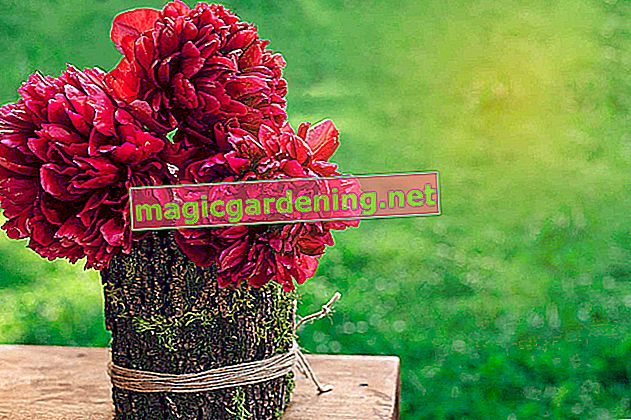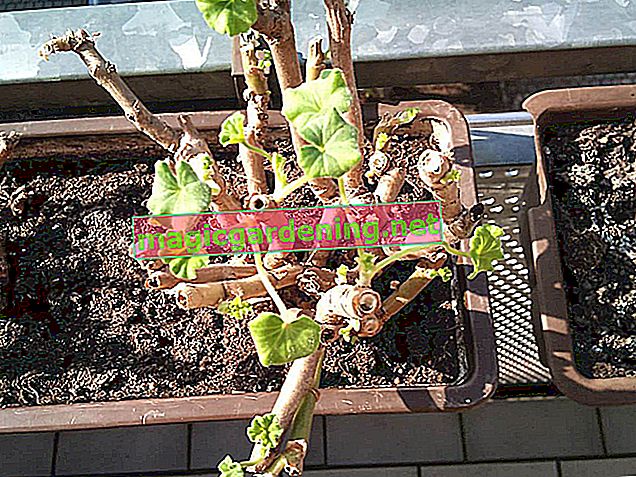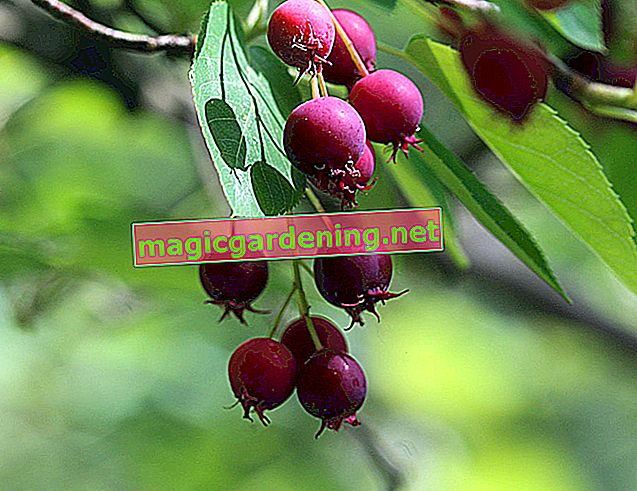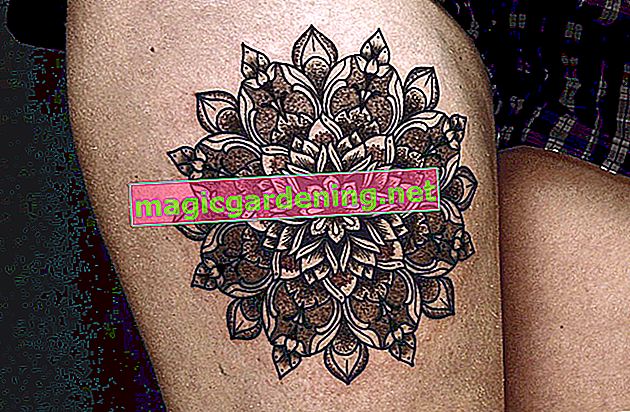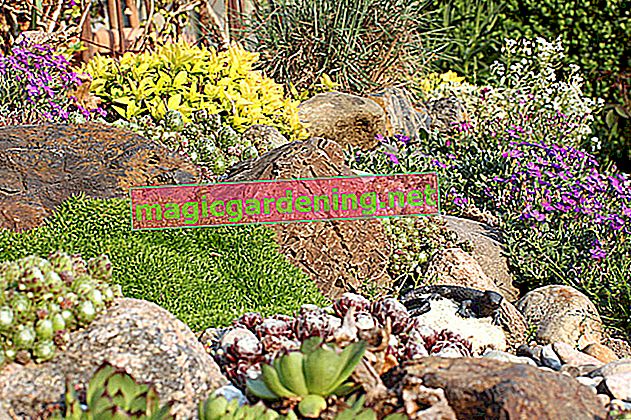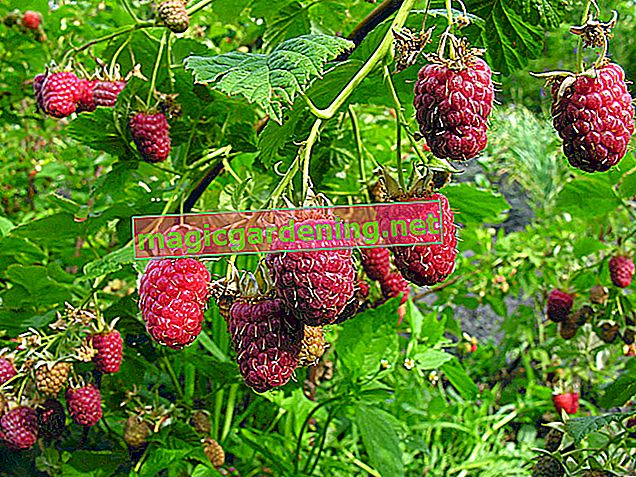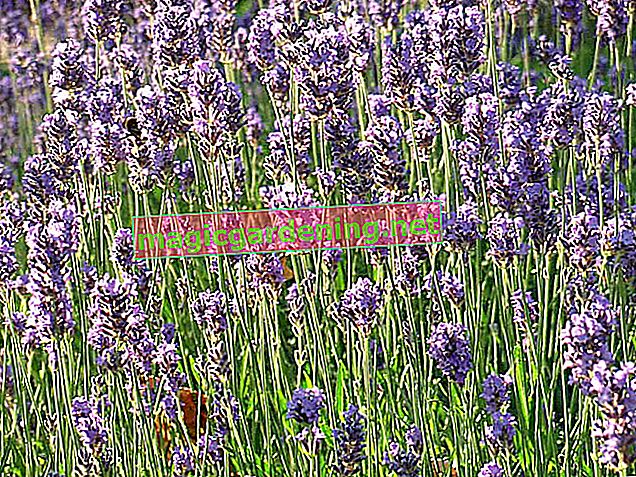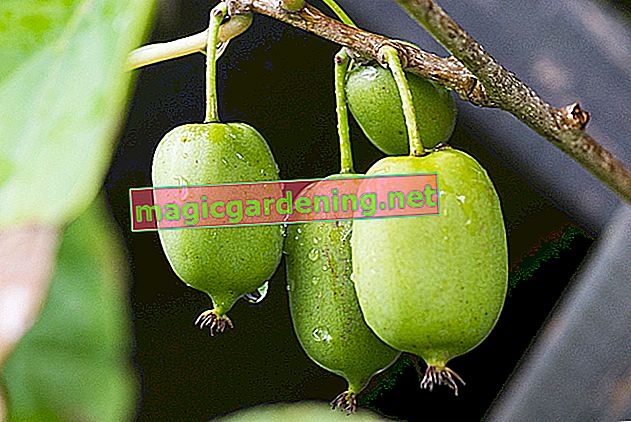
features
- Type: Legume
- Synonym: Karube
- Shape: flattened pod, curved or straight, bulging edge
- Length: 10-30 cm
- Width: 1.5-3.5 cm
- Thickness: 1 cm
- Color: glossy purple-brown
- Consistency: leathery
- Maturity: after one year
- often remains hanging on the tree for months
- contains 10 to 15 individual seeds
harvest
The fruit of the carob tree is harvested in September. At this point the fruits are not yet fully ripe. However, early harvest is necessary as ripe fruits that fall to the ground absorb a lot of moisture. That leads to rapid putrefaction of the pulp.
Since the fruits actually only fall from the tree when they are ripe, workers hit the trunks with long sticks.
also read
- The blossom of the carob tree
- The seed of the carob tree
- Interesting facts about the fruit of the ginkgo
use
At first, the flesh of the carube is very soft and tastes intensely sweet. But after a short time the dimensions harden and can be stored very well. Ultimately, the fruit appears in stores in both fresh and dried form.
In the medicine
- To lower blood lipid levels
- As a diet food
As food
Carob is processed into
- juice
- syrup
- Alcoholic beverages
- Caftan honey
- Powder for dietary supplements
- Cocoa substitute (comparable in taste, but caffeine-free and lower in fat)
Because of its sweetness, the fruit of the carob tree is a popular addition to muesli. It also replaces cocoa powder in a comparable form in baking. Mainly because of the low fat content, many people turn to the powder. Alternative chocolate spreads from the Karube have recently become available.
Carob also provides numerous vitamins and nutrients such as
- Vitamin A
- vitamin B
- iron
- protein
- Calcium
- And fiber

